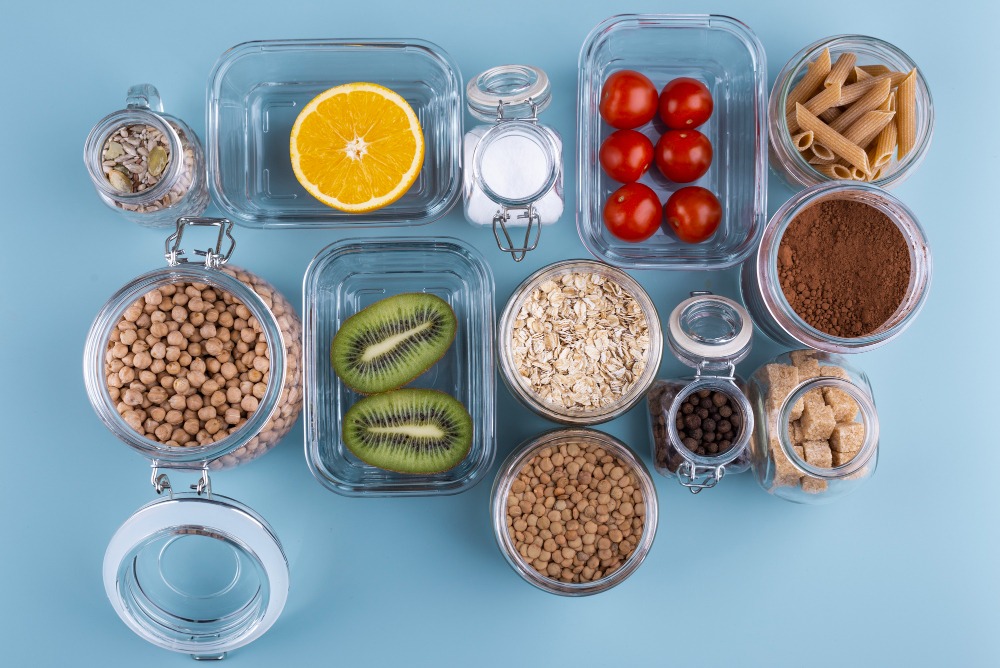Burning fat and achieving a sculpted physique is a common fitness goal. But with an abundance of workout advice online, it can be overwhelming to determine the most effective approach. This comprehensive guide empowers you to optimize your workout routine for maximum fat loss, helping you reach your fitness goals efficiently and safely.
Understanding Fat Loss: Science Behind the Burn
Before diving into workout strategies, let’s establish some fundamental principles of fat loss:
- Calorie Deficit: To lose fat, your body must burn more calories than it consumes. This is achieved through a combination of diet and exercise.
- Energy Expenditure: Your body expends energy throughout the day through Basal Metabolic Rate (BMR), physical activity, and the Thermic Effect of Food (TEF). Aim to increase your total daily energy expenditure (TDEE) to create a calorie deficit for fat loss.
- Fuel Sources: During exercise, your body utilizes various fuel sources like carbohydrates, fat, and protein. The intensity and duration of your workout influence which fuel source is primarily used.
The Powerhouse Duo: Combining Cardio and Strength Training
For optimal fat loss, incorporating both cardio and strength training into your workout routine is crucial:
- Cardio: Cardiovascular exercise elevates your heart rate, burns calories during the workout, and contributes to an increased calorie burn post-exercise (EPOC). Choose activities you enjoy, such as running, swimming, cycling, or HIIT (High-Intensity Interval Training).
- Strength Training: Strength training builds muscle mass, which not only improves your physique but also boosts your metabolism. Increased muscle mass elevates your BMR, leading to a higher calorie burn even at rest.
Crafting Your Fat-Burning Workout Routine:
Here’s a breakdown of key elements to consider when designing your workout routine for maximum fat loss:
- Frequency: Aim for at least 3-4 strength training sessions per week, targeting all major muscle groups. Schedule 2-3 cardio sessions, incorporating various intensities (low, moderate, high) for a well-rounded approach.
- Intensity: Strength training intensity refers to the weight lifted and the number of repetitions performed. A moderate intensity range (6-12 repetitions per set) can be effective for building muscle and promoting fat loss. Cardio intensity is measured by heart rate zones. Utilize moderate-intensity cardio (MICT) for longer durations or high-intensity interval training (HIIT) for shorter bursts with higher intensity.
- Volume: Volume refers to the total amount of work performed in a workout. This can be calculated by multiplying the sets, repetitions, and weight lifted for strength training. For beginners, moderate volume is sufficient. As you progress, gradually increase volume to maintain a challenge for muscle growth.
- Duration: Strength training sessions typically last 30-60 minutes, focusing on compound exercises that target multiple muscle groups simultaneously. Cardio sessions can range from 20-60 minutes depending on the intensity chosen.
- Rest and Recovery: Adequate rest periods between sets and workouts are crucial for muscle recovery and preventing overtraining. Allow 30-60 seconds of rest between sets for strength training and longer rest periods for high-intensity cardio intervals. Schedule rest days for your body to recover and rebuild muscle.
Sample Fat-Burning Workout Routines:
Here are two sample workout routines to kickstart your fat loss journey:
- Beginner Fat-Burning Routine (3 days per week):
- Day 1: Strength Training (Lower Body) – Squats, Lunges, Deadlifts, Calf Raises
- Day 2: Cardio (30 minutes MICT) – Running, Swimming, Brisk Walking
- Day 3: Rest or Active Recovery (Yoga, Stretching)
- Intermediate Fat-Burning Routine (4 days per week):
- Day 1: Strength Training (Push Muscles) – Push-ups, Bench Press, Shoulder Press, Triceps Extensions
- Day 2: Cardio (HIIT) – Sprints, Jumping Jacks, Burpees, Rest Periods
- Day 3: Strength Training (Pull Muscles) – Pull-ups, Rows, Bicep Curls
- Day 4: Cardio (MICT) – Cycling, Elliptical Training
- Day 5 & 6: Rest or Active Recovery
Beyond the Gym: Optimizing Your Lifestyle for Fat Loss
While exercise plays a vital role, remember that fat loss is a holistic endeavor. Here are some lifestyle factors to consider for optimal results:
- Nutrition: A balanced, calorie-controlled diet is essential. Focus on whole foods like fruits, vegetables, lean protein, and complex carbohydrates to fuel your workouts and support muscle growth. Prioritize protein intake to aid muscle repair and satiety.
- Sleep: Adequate sleep (7-8 hours per night) is crucial for hormone regulation, metabolism, and muscle recovery. Prioritize sleep hygiene practices for a restful night’s sleep.
- Hydration: Staying hydrated optimizes bodily functions, including digestion and nutrient absorption. Drink plenty of water throughout the day, especially before, during, and after workouts.
- Stress Management: Chronic stress can elevate cortisol levels, hindering fat loss efforts. Practice stress-management techniques like meditation, yoga, or spending time in nature.
Profitable Strategies for Your Fat-Burning Workout Routine
Here are some additional tips to consider as you craft your blog series on optimizing workout routines for maximum fat loss, focusing on highlighting profitable strategies
Focus on Actionable Strategies:
- Create Personalized Workout Plans: Offer customizable workout plans or templates that cater to different fitness levels, time constraints, and equipment availability. This can be a valuable resource for readers seeking a personalized approach to fat loss.
- Provide Exercise Variations: Include variations of common exercises to target different muscle groups or cater to limitations. This keeps workouts dynamic and engaging for readers.
- Develop Workout Challenges: Design short-term workout challenges (e.g., 30-day fat-burning challenge) to keep readers motivated and engaged.
- Integrate Home Workout Routines: Offer effective bodyweight exercises or home-based workout routines that require minimal equipment, making them accessible to a wider audience.
- High-Quality Visuals: Include high-quality images, infographics, or instructional videos demonstrating proper exercise form. This can enhance user understanding and engagement with your content.
- Debunking Fat Loss Myths: Dedicate blog posts to debunking common myths or misconceptions surrounding fat loss and exercise. This can establish you as a credible source of information and build trust with your audience.
Conclusion
Burning fat and achieving a sculpted physique is a journey, not a destination. This comprehensive guide has equipped you with the knowledge and strategies to design an optimal fat-burning workout routine. Remember, consistency, proper form, and a holistic approach are key to achieving your fitness goals.





















